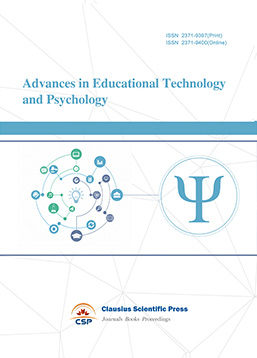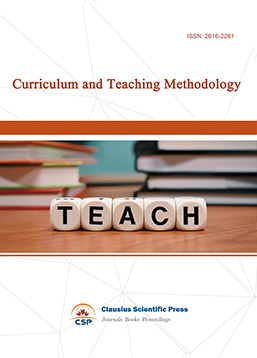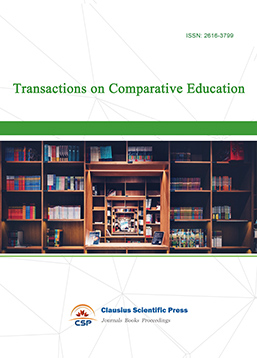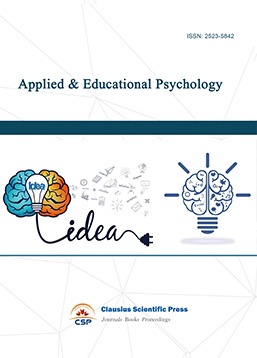Constructing an Organic Chemistry Teaching Model that Integrates Ubiquitous Learning
DOI: 10.23977/aduhe.2024.060718 | Downloads: 22 | Views: 959
Author(s)
Fei Chang 1
Affiliation(s)
1 School of Environment and Architecture, University of Shanghai for Science and Technology, Shanghai, 200093, China
Corresponding Author
Fei ChangABSTRACT
In response to the current situation of organic chemistry education, a teaching model based on the concept of ubiquitous learning has been proposed in this study. This model deeply integrates ubiquitous learning with organic chemistry teaching, aiming to cultivate students' innovative spirit, scientific thinking, and inquiry skills. It establishes a "Four links" learning system that includes pre-class, in-class, post-class, and tutoring sessions, along with a comprehensive and process-oriented assessment evaluation, that is the "Five concerns" of evaluation. By using this strategy that should be modified in ture, students achieve grades with a significant improvement. The goal is to provide new ideas and experiential references for the reform of organic chemistry education in higher education institutions.
KEYWORDS
Ubiquitous Learning, Organic Chemistry, Teaching Model, Educational ReformCITE THIS PAPER
Fei Chang, Constructing an Organic Chemistry Teaching Model that Integrates Ubiquitous Learning. Adult and Higher Education (2024) Vol. 6: 126-130. DOI: http://dx.doi.org/10.23977/aduhe.2024.060718.
REFERENCES
[1] Warren, P.W. (2004) From Ubiquitous Computing to Ubiquitous Intelligence. BT Technology Journal, 22, 28-38.
[2] Cárdenas-Robledo, L.A., and Peña-Ayala, A. (2018) Ubiquitous Learning: A Systematic Review. Telematics and Informatics, 35, 1097-1132.
[3] Wei, Y.L. (2022) Teaching Reform of Organic Chemistry Based on the Emerging Engineering. Modern Chemical Research, 7, 135-137.
[4] Chang, F. (2020) Practice of Triple Representations in the Course of Organic Chemistry—Teaching “Free Radical Reactions” As an Example. Journal of University of Shanghai for Science and Technology (Social Sciences Edition), 42, 82-85.
[5] Li, S.H., Tang, H.T., Wang, S.Y., and Pan, Y.M. (2024) Teaching Practice of Reform and Innovation of Organic Chemistry Online Course. China Modern Educational Equipment. 5, 96-98.
[6] Crucho, C.I.C., Avó, J., Diniz, A.M., and Gomes, M.J.S. (2020) Challenges in Teaching Organic Chemistry Remotely. Journal of Chemical Education, 97, 3211-3216.
[7] Li, W.N., and Liu, Z.H. (2016) Research on Organic Chemistry Teaching Model Based on Ubiquitous Learning. Pharmaceutical Education, 32, 44-46.
[8] Akçayır, G., and Akçayır, M. (2018) The Flipped Classroom: A Review of Its Advantages and Challenges. Computers & Education, 126, 334-345.
| Downloads: | 22176 |
|---|---|
| Visits: | 1244499 |

 Download as PDF
Download as PDF



